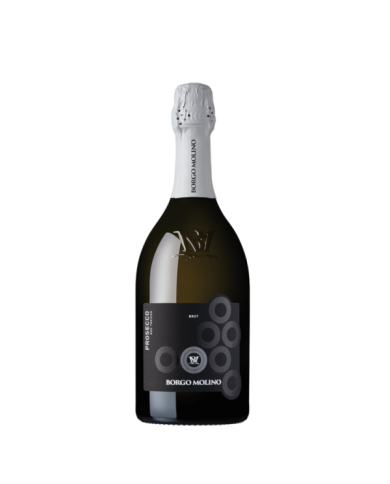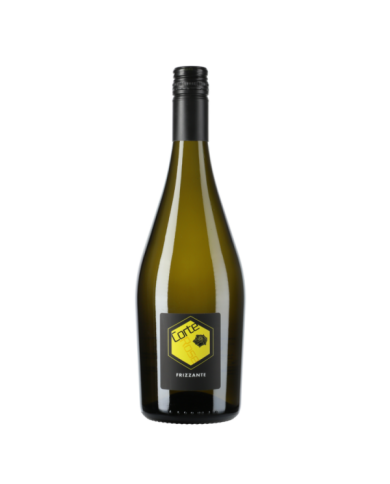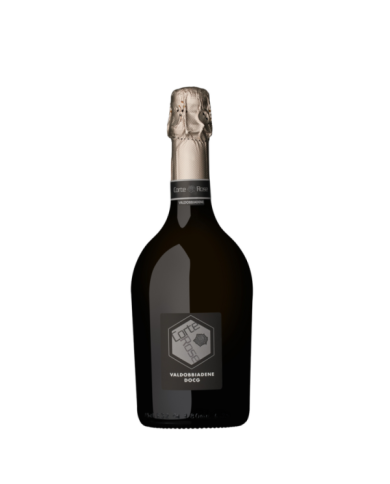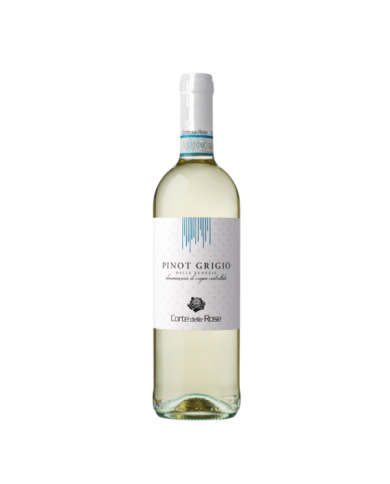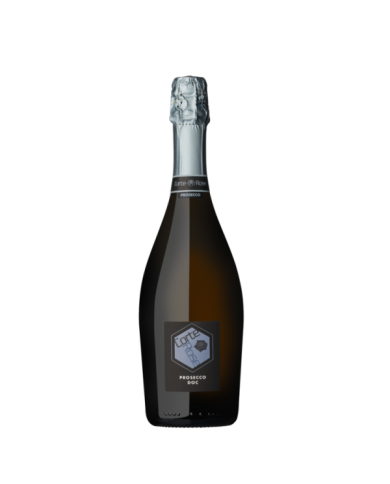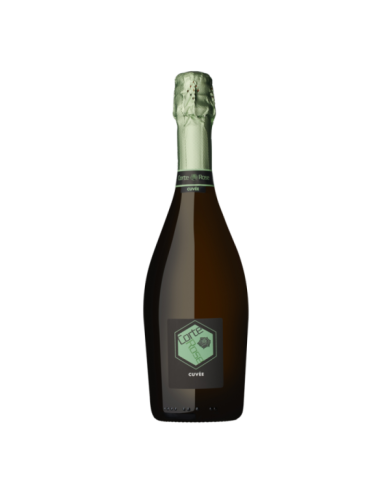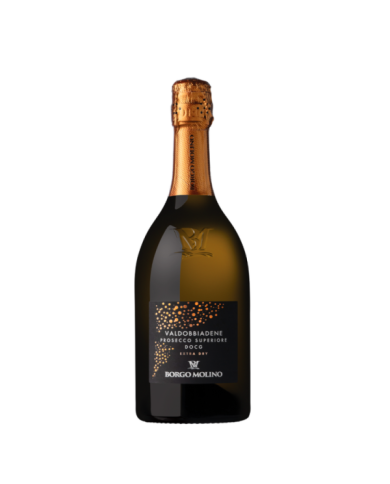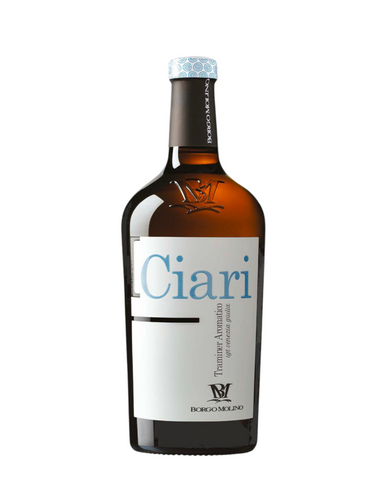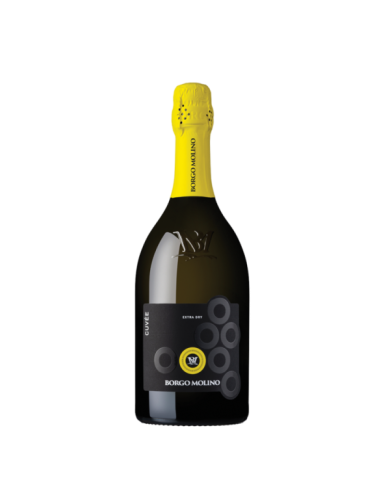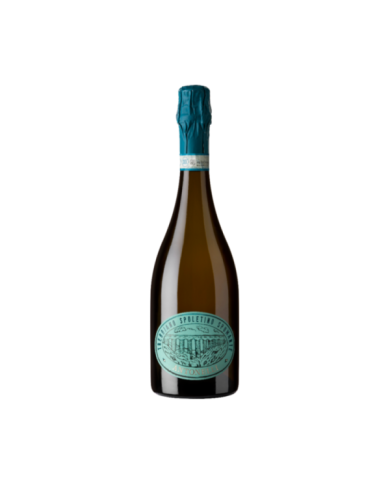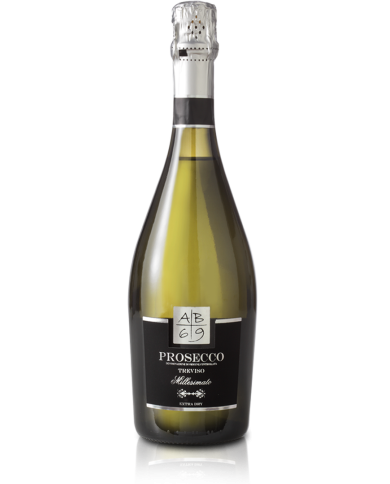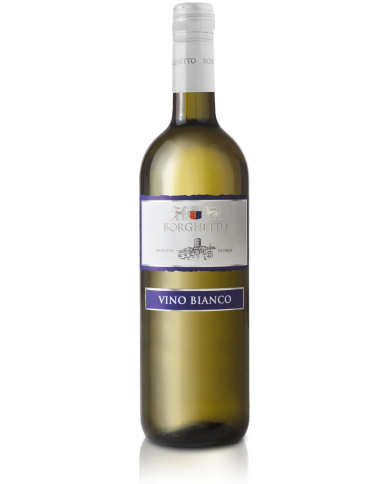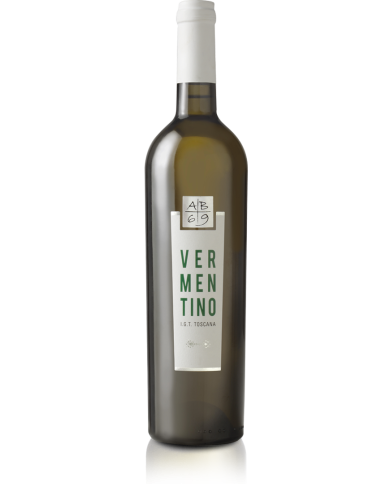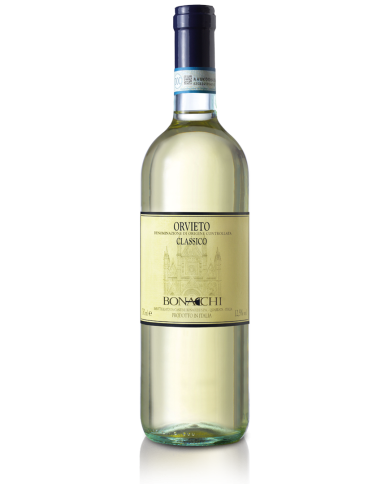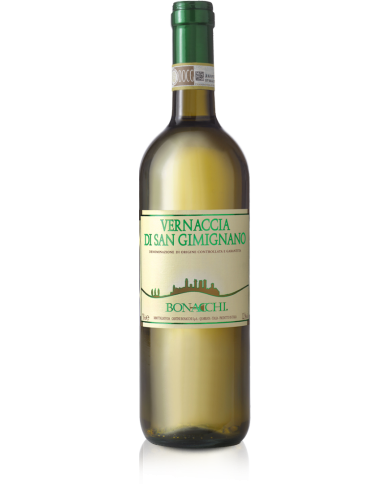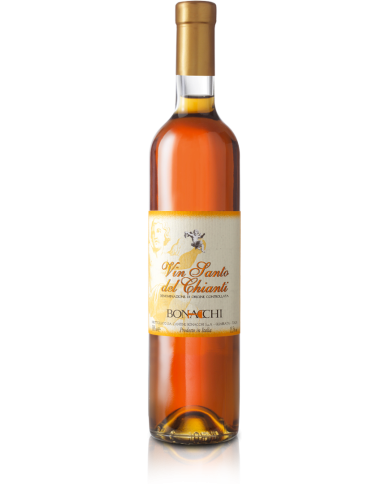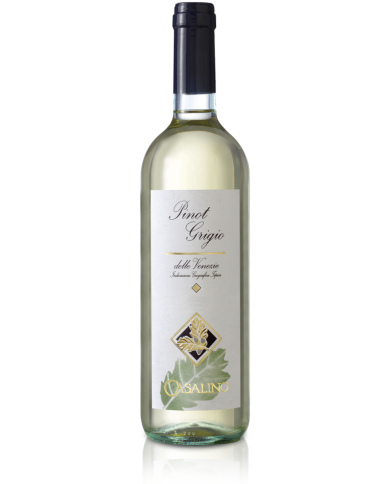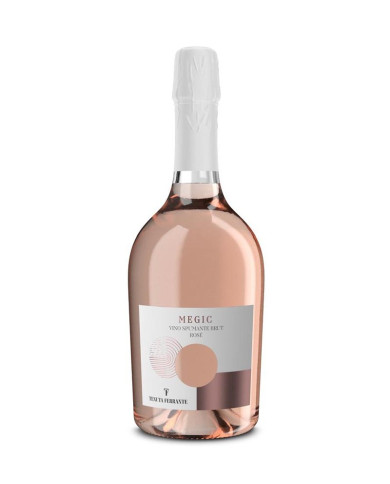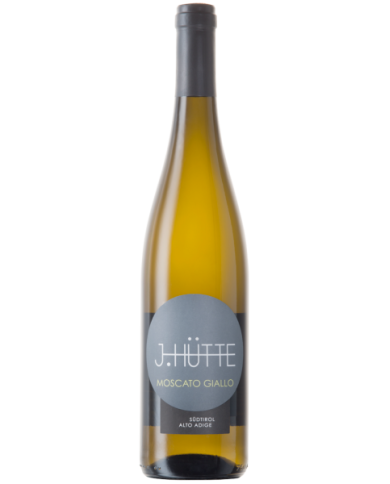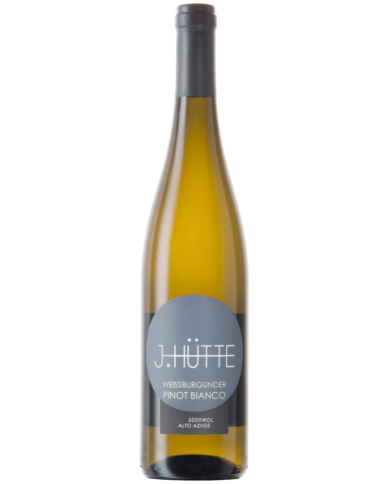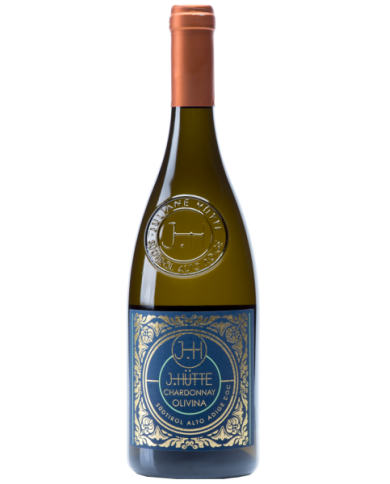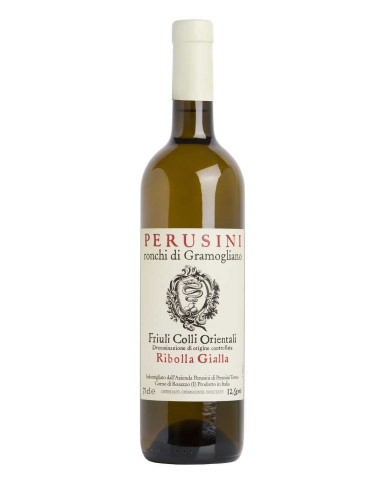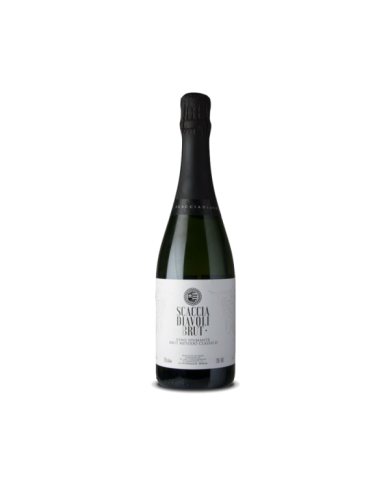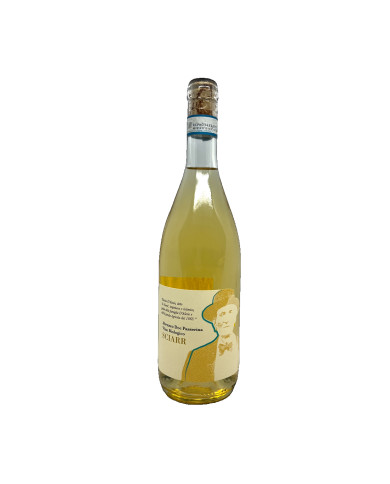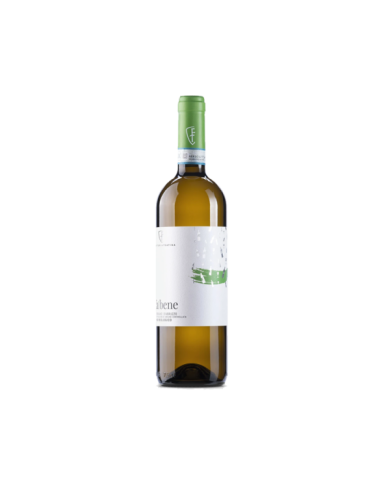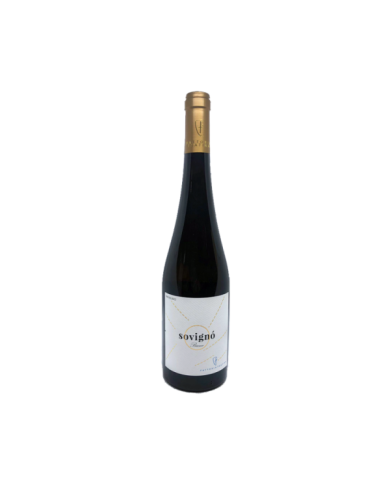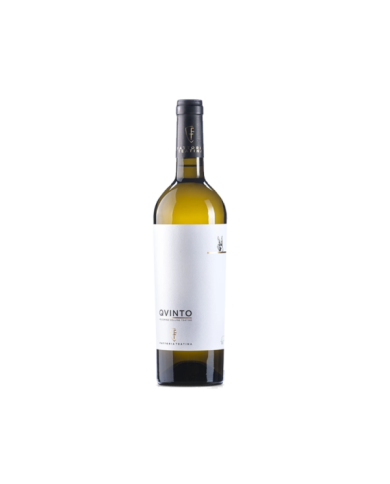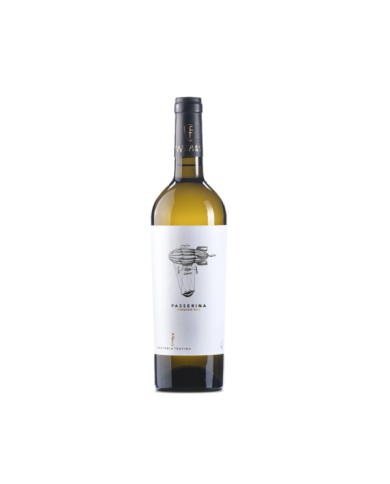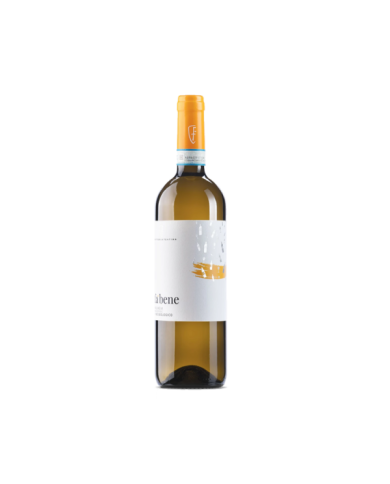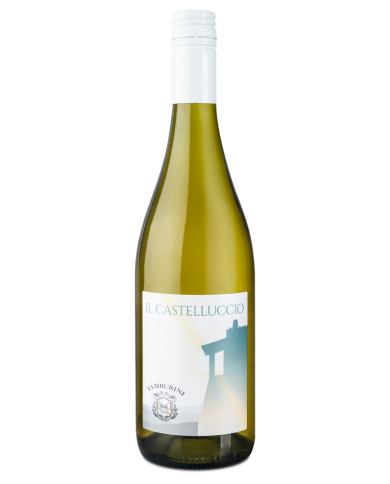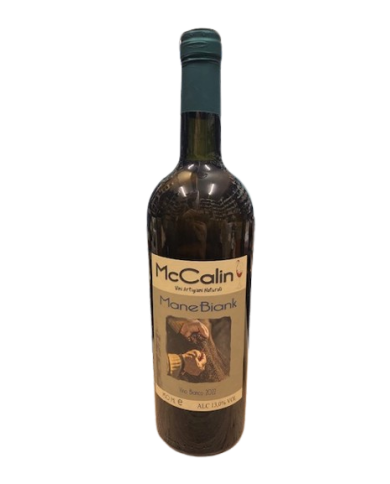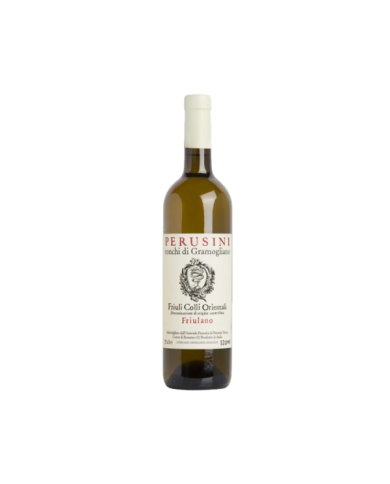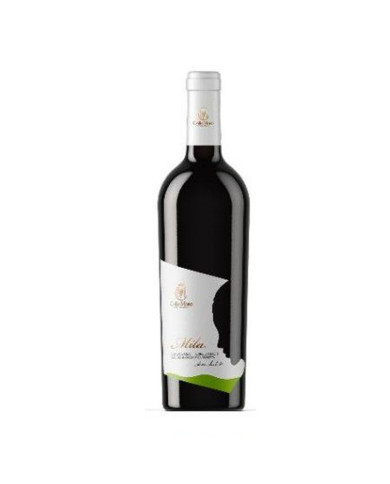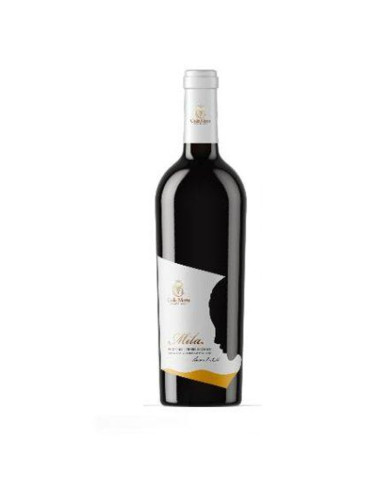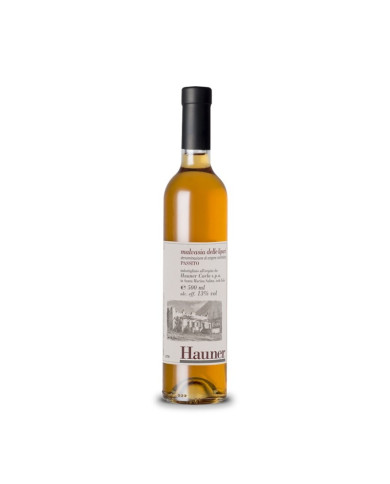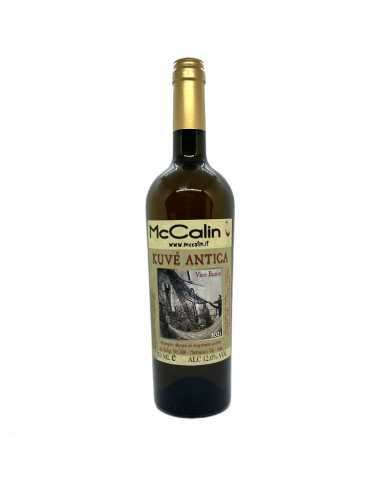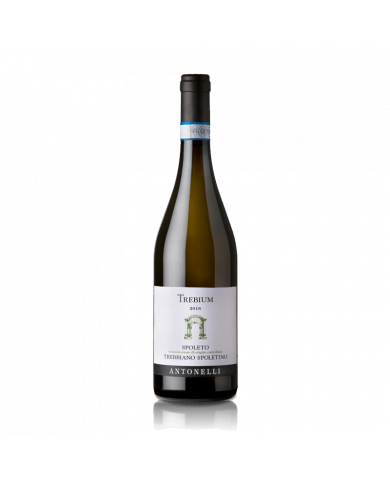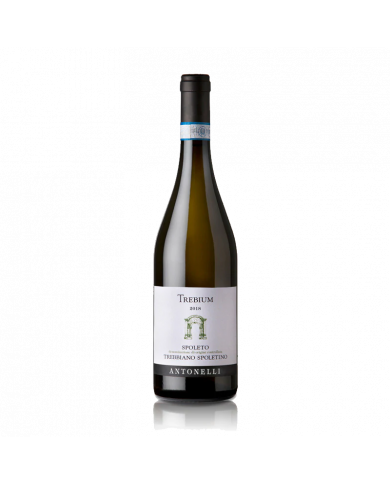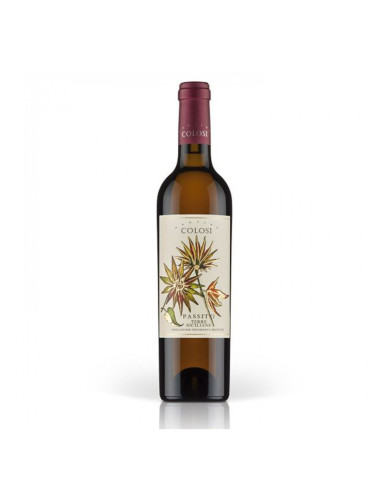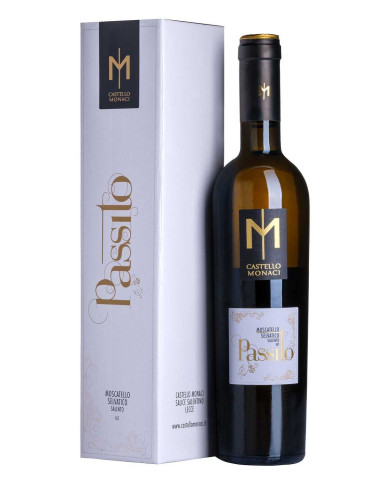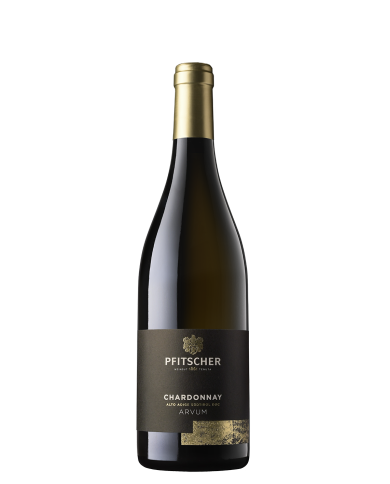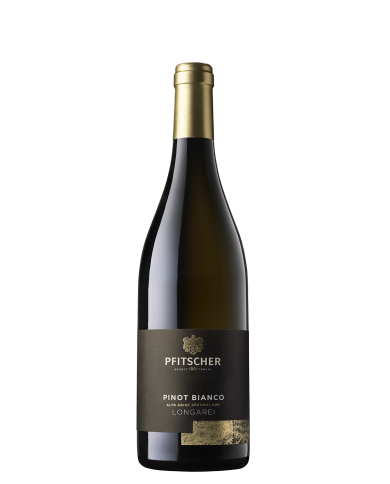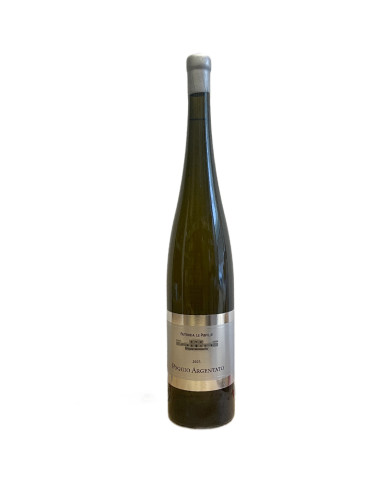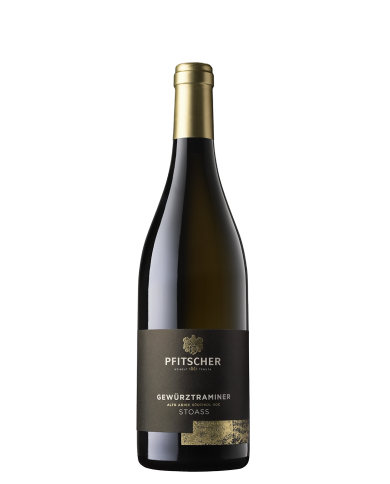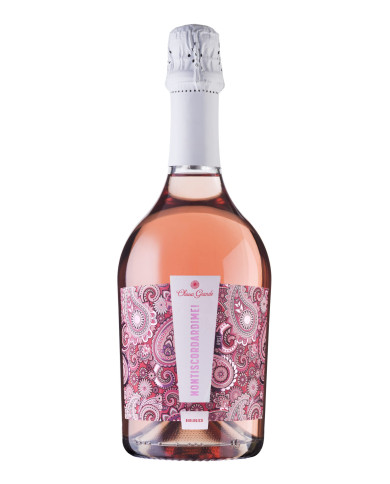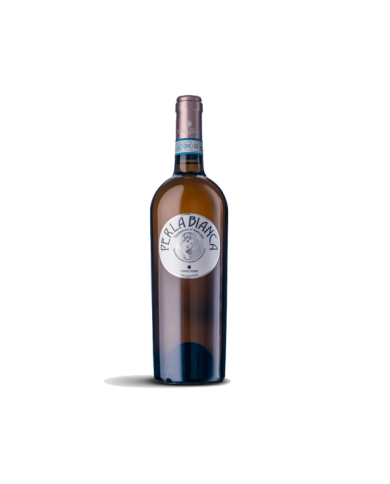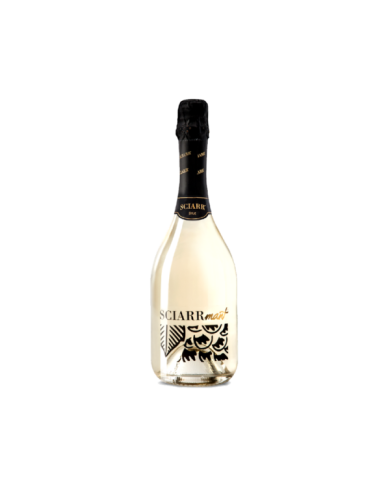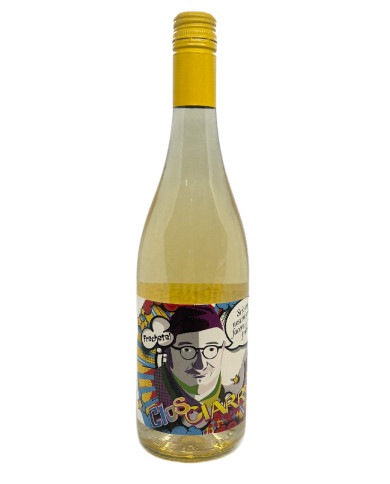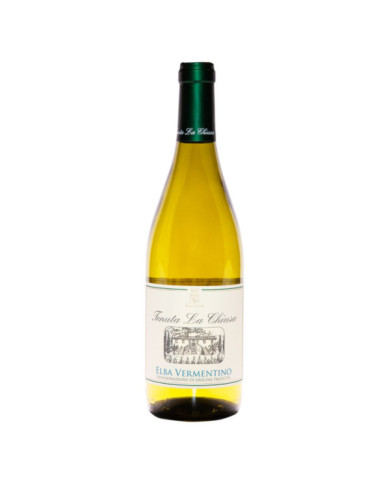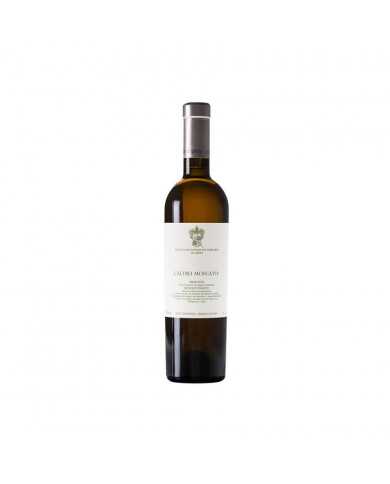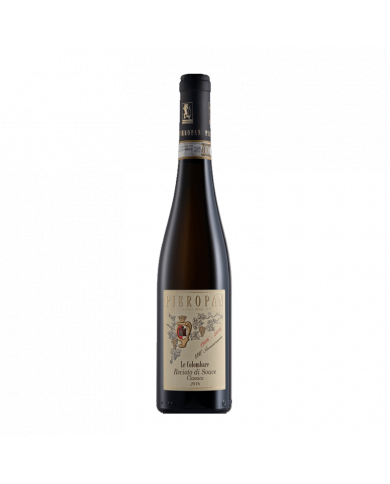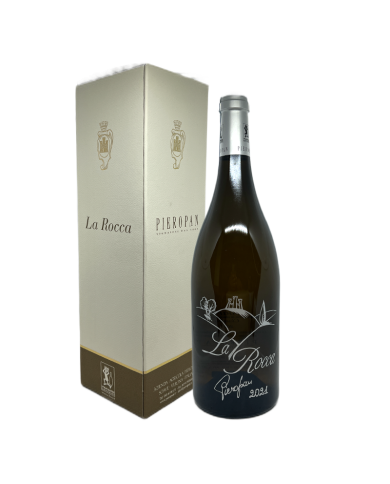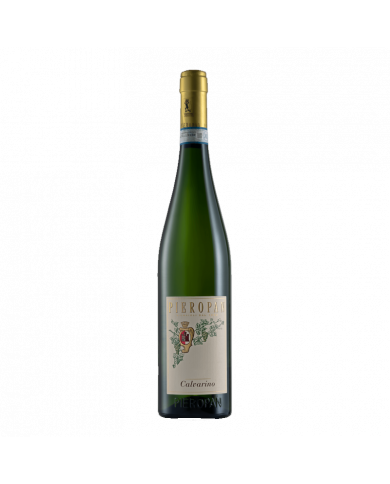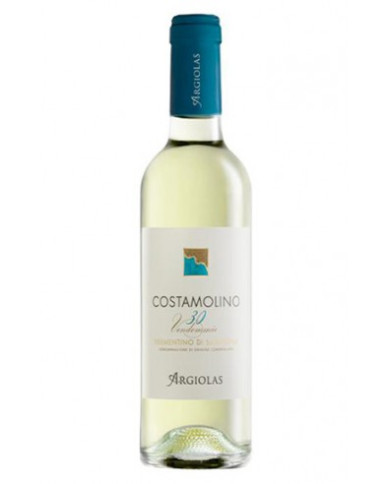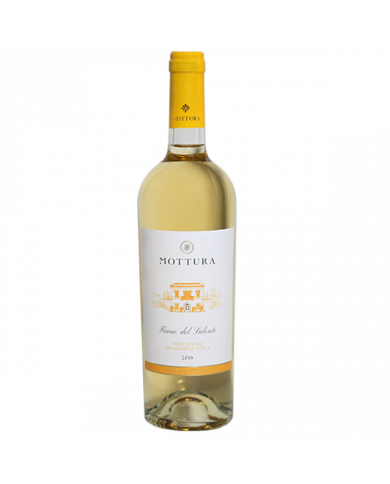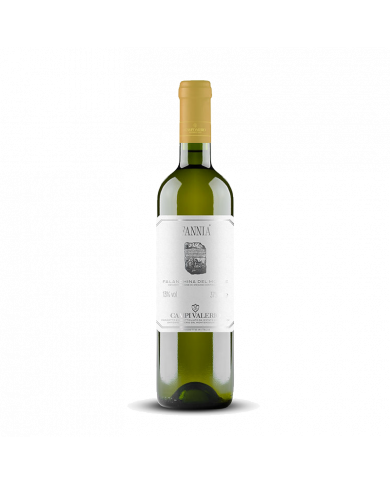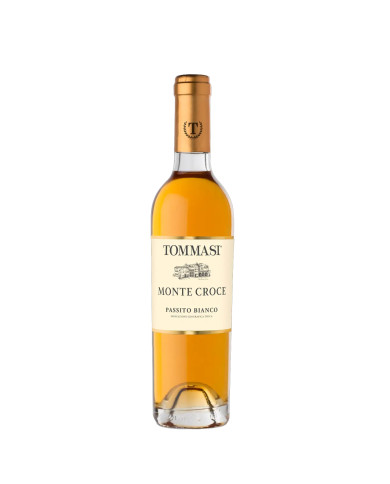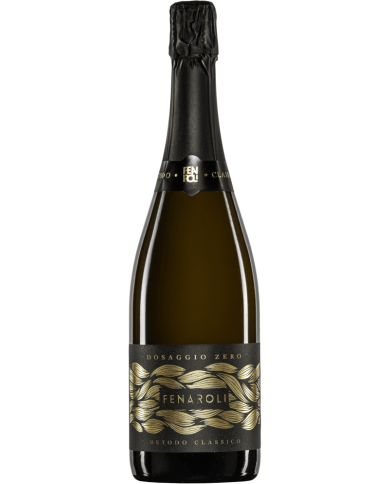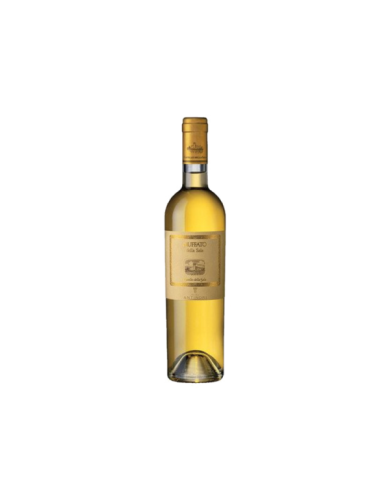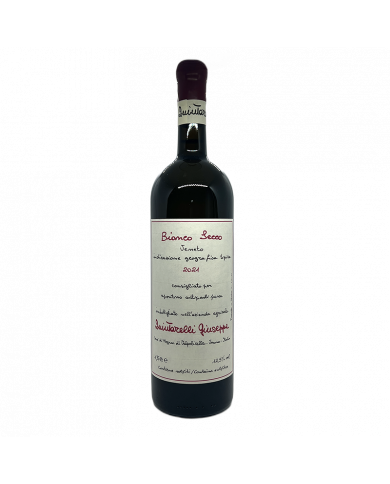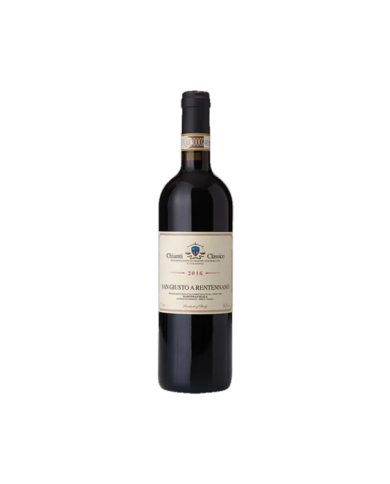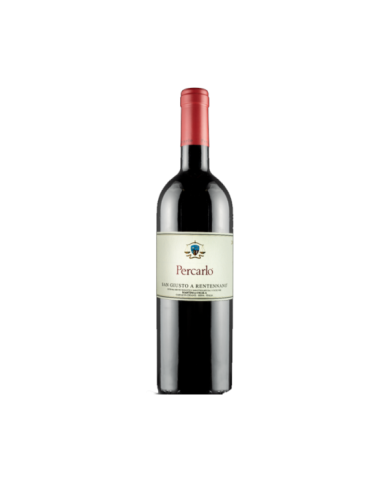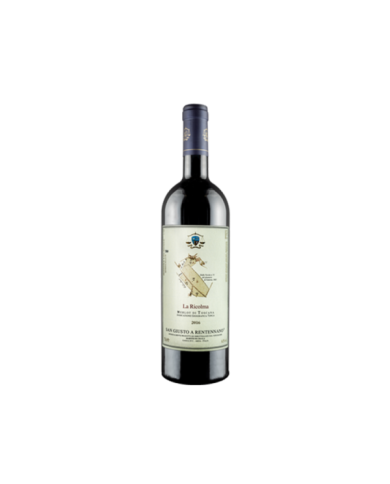Il colore ├© giallo paglierino con note verdognole, il profumo fruttato con note agrumate, persistente. Buona struttura, ottima freschezza, sapore pieno e intenso. Ottimo come aperitivo, accompagna tutti i piatti a base di pesce rivelando una predilezione per i crostacei e i frutti di mare anche crudi. Con le carni bianche e i formaggi non stagionati ├© il perfetto abbinamento.
Giallo paglierino con riflessi verdolini, ha un profumo intenso, fruttato, con sottili note floreali. Finale secco e leggermente ammandorlato con eccellente equilibrio tra il frutto e la fresca acidit├Ā. Vino classico da pesce e paste asciutte. Eccelle con tutta la cucina a base di pesce, ma si accompagna bene anche con pietanze delicate a base di carne. Ottimo con gli antipasti e come aperitivo.
Chardonnay IGP Terre dell'Aquila aged in bottle for at least 15 months
Renano Riesling PGI Terre dell'Aquila Aged in the bottle for at least 26 months
Terre dell'Aquila PGI aromatic traminer Macerated 120 hours on the skins and aged in the bottle for 27 months
The result of a merger, which took place in 2001, between the Cantina Produttori Santa Maddalena and the Cantina Produttori Gries, this kaleidoscopic winery offers an incredible range, complete in the multiplicity of products and refined in the interpretation of the territory. The quality standard is truly impressive and does not fail to satisfy any palate, even the most demanding one, with the right attention to both native and international vines. A splendid example of quality is this Sauvignon, a semi-aromatic vine, characterized by a great variety of aromas, here incredibly enhanced by the warm, sandy soils and the breezy climate, which constitute the ideal terroir for a great wine.
The result of a merger, which took place in 2001, between the Cantina Produttori Santa Maddalena and the Cantina Produttori Gries, this kaleidoscopic winery offers an incredible range, complete in the multiplicity of products and refined in the interpretation of the territory. The quality standard is truly impressive and does not fail to satisfy any palate, even the most demanding one, with the right attention to both native and international vines. A splendid example of quality is this Sauvignon, a semi-aromatic vine, characterized by a great variety of aromas, here incredibly enhanced by the warm, sandy soils and the breezy climate, which constitute the ideal terroir for a great wine.
Also known as Traminer Aromatico, Gew├╝rztraminer was already known in the thirteenth century for its aromatic qualities and its ability to drink, and is today, without a doubt, the most famous and well-known South Tyrolean wine in the world. In all likelihood its origins are to be found in Termeno (Tramin), from which the name "Traminer" derives.
Rich in sodium, albite is a typical mineral of the Alps, in particular of Valle d'Aosta, Piedmont and Alto Adige, where it finds the ideal subsoil for its development, proving to be a faithful ally for the vine. This Sauvignon is proof of this, presenting itself as the perfect synthesis between territory, climate and grape variety, thanks to its typicality which, in combination with albite, gives life to an authentic, complex and characterful label, capable of perfectly combining, to the gentleness of citrus and floral tones, an important structure and a strong minerality.
Ribolla Gialla DOC is the symbolic wine of the Perusini Agricultural Company, located in Corno di Rosazzo in the province of Udine, on the eastern Friulian hills. Produced with 100% Ribolla Gialla grapes
Not only great reds are born from the Sagrantino grape. Vinified in white it is an original base for Scacciadiavoli 's Spumante Brut Classic Method. The characteristics of the wine are revealed in new forms: the aromas are fresh and delicate and the tannins, typical of Sagrantino, participate in the structure by joining the bubbles.
It is the only DOC in Abruzzo dedicated exclusively to white wine, perhaps the best among the Trebbiani.
In appearance it has a canary yellow color with beautiful green reflections. Intense and brilliant. The scent is rich and multi-faceted, characterized by floral and tropical notes, you can recognize oleander, elderberry, ash and plum flowers together with gooseberry and kiwi hints of white rose, butcher's shoots, honey and cream ice cream. The taste is full, fresh, savory and evolves into a pleasant tone. Hints of apricot, kiwi, cranberries, medlar, almond milk, coriander and a balsamic note of mallow.
Ribolla Gialla DOC is the symbolic wine of the Perusini Agricultural Company, located in Corno di Rosazzo in the province of Udine, on the eastern Friulian hills. Produced with 100% Ribolla Gialla grapes
Cuv├®e Antica is a white characterized by floral and fruity aromas and characterized by fresh and savory notes. We recommend combining it with fish and shellfish dishes.
Trebbiano Spoletino is a typical variety of the territory that extends between Montefalco, Trevi and Spoleto; perhaps the name derives from ŌĆ£TrebiumŌĆØ, Trevi in Latin.
Trebbiano Spoletino is a typical variety of the territory that extends between Montefalco, Trevi and Spoleto; perhaps the name derives from ŌĆ£TrebiumŌĆØ, Trevi in Latin.
The Grechetto in purity, expression of the Umbrian tradition of white wines and of the protected designation area of Montefalco.
Elisabetta's dream of creating a passito wine in Maremma came true with the birth of this sweet wine, capable of interpreting the meditative version of her personality. Solalto is the result of the drying of grapes from the vineyards of Traminer, Sauvignon and Semillon, near Scansano. The design on the label was made by Clara, Elisabetta's eldest daughter, when she was little and represents our land embraced by the sea and kissed by the sun, just like the grapes of this wine.
Poggio Argentato embodies the essence of Maremma: its land, its unique light, the breeze from the nearby sea, all narrated by a fragrant and fresh white wine, through the language of Northern vines. The singular blend of Sauvignon Blanc, Petit Manseng, Semillon and Traminer make Poggio Argentato a refined, elegant and versatile wine, perfect for the summer but also throughout the year.
Long-lived and refined Gew├╝rztraminer with an intense fruity aroma of rose with notes of exotic fruits. White wine with shades of color from straw yellow to gold, delicate and balanced on the palate.
Only what is unique is unforgettable!
Absolute love It is the bond that remains even when it is leaving. It is the vision that comes when you are now blind. It is the promise that is declared by denying its intensity out of modesty. It is the joy that pervades your soul starting from sensations felt outside of it. It is White Pearl, a courteous love of yesteryear. It is the magic granted only to those who know how to love in an all-encompassing way. It is eternity swallowed as in a dream with smoky but also vanilla aftertaste. It is the native white you were looking for, aged for over 18 months in Barrique. She is the imaginative and diaphanous woman whose essence always dwells in your thoughts.
Vermentino Elba Doc 2022 comes from vines on clayey-ferrous soils in a flat area. Harvested in early September. It is vinified in white, in steel containers, with temperature control during fermentation. Continuous batonage during the winter to enrich the wine with the aromas of the fine lees on which it is left to rest. Bottled in the spring following the harvest, it has a straw yellow colour. On the nose the typical floral aromas of acacia, pineapple and marked notes of aromatic herbs. On the palate it is dry, fresh, sapid and with good persistence. Ideal alone as an aperitif, or in combination with appetizers, fish risottos and soft cheeses.
The Chardonnay of the Marchesi di Gresy is a white with great structure, a Piedmontese expression of a classic Burgundian. The grapes are grown on Monte Aribaudo near Treiso and then the must ages for a long period in wood, a full 22 months, an aspect that gives body, softness and tertiary notes of spices and toasting. Peculiar the pleasant sapidity that accompanies the sip and persists for a long time
Sweet wine, passito, with a long tradition, which takes its name from the "recie" of the Garganega grape, lovingly selected. It is a wine much loved by the Pieropan family who have been producing it with the traditional system for several generations.
The La Rocca vineyard is located on the hill of Mount Rocchetta, close to the medieval Scaliger castle of Soave. La Rocca enjoys a particular microclimate, which makes it possible to obtain a wine with a unique and unreproducible bouquet and gustatory notes, typical of a pedigree wine. Innovative, since its debut in 1978, it has marked a deep groove in the territory, becoming an undisputed symbol of quality and tradition.
The Calvarino vineyard is located in the heart of the classic Soave area and represents, for the company, the ancient family fund, purchased in 1901. The name Calvarino derives from "little Calvary", due to the difficulty of working the land and the winding path to reach the bottom. The first label dates back to 1971 and represents the most faithful and authentic expression of Soave wine.
Wine produced from Fiano grapes grown on calcareous and clayey soils, harvested manually at the right ripeness with careful selection of the bunches. Traditional vinification with soft pressing, fermentation at a controlled temperature of 16┬░C and brief rest on the fine lees.
Deep straw yellow. Intense, with notes of orange blossom and yellow pulp fruit. Fresh, balanced with a marked minerality.
The Metodo Classico Spumante Brut Fenaroli is a sparkling wine made from white berried grapes from the Citra winery. A Classic Method of great style and elegance
The Metodo Classico Spumante Brut Fenaroli is a sparkling wine made from white berried grapes from the Citra winery. A Classic Method of great style and elegance
The Metodo Classico Spumante Brut Fenaroli is a sparkling wine made from white berried grapes from the Citra winery. A Classic Method of great style and elegance
The Muffato del Castello della Sala, one of the estates of the Marchesi Antinori , is a bright and persuasive sweet wine. On the nose it is a wine that reveals itself of great aromatic and gustatory intensity, with hints of candied fruit, honey, iodized and almost marine hints on a citrus hint. On the palate it is enveloping and the botrytizing process gives a sweet sensation well integrated into that of freshness that emerges after the sip
Questo ├© un Riesling che incarna tutto ci├▓ che definisce il Riesling di Forst: pieno di succo, frutta presente, mineralit├Ā speziata! E bevi molto! Questo vino ├© l'interazione dei diversi tipi di terreno che rendono Forst cos├¼ speciale e distintivo. Quindi la foresta in un bicchiere. Un po' di origine in un bicchiere non sostituisce una visita da noi, ma sicuramente fa venir voglia di averne di pi├╣. Prova questo!
The best Italian white wines
Italy is home to important white wines. In the section of our Clickwine online wine shop dedicated to the best Italian white wines, you will find bottles of excellent white wine carefully selected by our Sommeliers.
The denominations used in our country to classify wines are DOCG, DOC and IGT. Sometimes denominations such as DOP and IGP are also found: these acronyms have similar meanings to the previous ones but are used by wineries that mainly sell their wines outside the Italian territory.
The production of white wine
White wines are produced from both light and dark berry grapes, but vinified in white: that is to say that during maceration there is no contact between the must and the marc, so that the skin - exactly the opposite of what it happens for the red - it doesn't give substances and color.
Its myriad nuances vary according to the characteristics of the vine, the refinement method and the vine cultivation area.
In white winemaking, once the grapes have been harvested, they are transported to the cellar, destemmed and pressed and the must is separated without any maceration or with a short maceration. Sometimes, however, the grapes are pressed and then macerated with the skins at a low temperature for a more or less long period. In this way, richer and softer wines can be obtained.
This phase is followed by the clarification of the white product, which can be done by letting the must rest, by cooling, centrifugation or filtration.
Fermentation begins either by introducing selected yeast into the must or spontaneously, with the indigenous yeasts present in the grapes. To maintain the aromas, finesse and freshness of white wines, fermentation is done at lower temperatures than for red wine vinification, generally around 18┬░C.
To obtain a fresh and lively wine, to be drunk young, malolactic fermentation is avoided, bottling early, after filtration and stabilization. More complex wines, aged or fermented in wood, are bottled only after several months spent in barrels.
How to taste white wine
First of all, you need to decide whether to uncork the bottle immediately or whether to age your white wine. If you want to immediately surrender to their charm, their aromas of aromatic herbs, flint or their notes of exotic fruit, then serve your white at the right temperature: 6-8┬░ for a young white and 8-10┬░ for a softer one. it is structured.
How to match white wine
Dry white wines will also surprise you at the table and not just for their straw yellow colour. As an aperitif and above all combined with a fish dish, white wine is certainly a must, but it is not easy to perceive which of the many labels will be the most suitable for the occasion
However, we suggest you try some white wine as an accompaniment to fresh, low-fat cheeses rich in milk such as the tasty buffalo mozzarella, or with soft, flowery-rind cheeses. They are obviously also perfect with white meats, such as the classic scallops but beyond the customs, white wine also perfectly decorates a table based on meat and risottos as well as truffles. Enter our Clickwine online wine shop to receive specific suggestions for buying the best white wine at the best price to pair with your favorite dishes.
White wines: prices and offers
Every week you will find on our Clickwine online wine shop selected white wine labels at special prices in this section and in the one dedicated to offers, you can then take a look at those with the best value for money.
A wide choice of quality products is available at affordable and truly exclusive prices. Do not miss the incredible offers of white wines belonging to all the most prestigious wineries of Italian production, discover Italian wines loved and internationally recognized.
Enter the Clickwine catalog and expand your choice by purchasing online exclusive articles of small-sized wineries, but with an exceptional production of the highest quality.
White wines: longevity and conservation
How long can I keep white wine in the cellar? Do white wines improve like red wines with age? These are the questions that a wine consumer asks himself when speaking of white wine.
In general, white wines are much less long-lived than reds, for two reasons: the tannins and the ageing. Tannins are antioxidant substances present in the skins of wine which are not present in whites; As far as aging is concerned, however, most of the white wines are aged in steel for a few months, even the reds, if they are aged a little in steel and undergo rapid maceration, do not last many years. Let's say that a classic white that ages in steel lasts from 2 to 3 years maximum. If it is macerated or aged in wood, it can last up to 20 years and improve from year to year.
How many types of white wines are there?
There is no exact number of types of white wines, as there are different white grape varieties that can be used to make white wines. Some of the most common white grape varieties used to produce white wines are: Chardonnay, Sauvignon Blanc, Riesling, Pinot Grigio and Moscato. There are also other less common varieties such as Gew├╝rztraminer, Semillon and Viognier. Each of these varieties can be used to make white wines with different and unique characteristics, so there are many different types of white wines available.
How to recognize a good white wine?
There are several ways to recognize a good white wine. One of the easiest ways is to taste the wine and evaluate its taste and aroma. A good white wine should have a pleasant taste and a delicate, complex aroma. Other factors that can indicate the quality of a white wine are the vintage, the grape variety and the production area. In general, white wines produced with high quality grapes and in particularly favorable years tend to be more valuable and of higher quality. Furthermore, white wines produced in regions renowned for the production of high quality white wines can be considered more valuable than the ones produced in other regions.
How to understand if a white wine is good?
As mentioned above, one of the easiest ways to understand if a white wine is good is to taste it and evaluate its taste and aroma. A good white wine should have a pleasant taste and a delicate, complex aroma. Furthermore, it is important to keep in mind the quality of a white wine can be influenced by many factors, such as the vintage, the grape variety and the production area. For example, white wines produced with high quality grapes and in particularly favorable years tend to be more valuable and of higher quality. Furthermore, white wines produced in regions renowned for the production of high quality white wines can be considered more valuable than the ones produced in other regions.
Why is it called white wine?
White wine is called this way because it is produced using white grapes. Most of the white grapes have a transparent or slightly colored skin, therefore the wine produced with these grapes has a clear and transparent colour. Sometimes the color of white wine can be influenced by the type of grape used, the winemaking process and the addition of other ingredients, but in general, white wine has a clear, transparent color.
How to replace white wine?
If you want to substitute white wine in a recipe, there are several ingredients you can use. One of the more common options is to use chicken or vegetable broth instead of white wine. Other options may include using white vinegar or apple juice diluted with water. Also, in some cases you can omit the white wine entirely and use other ingredients to achieve the desired flavor in the recipe.

